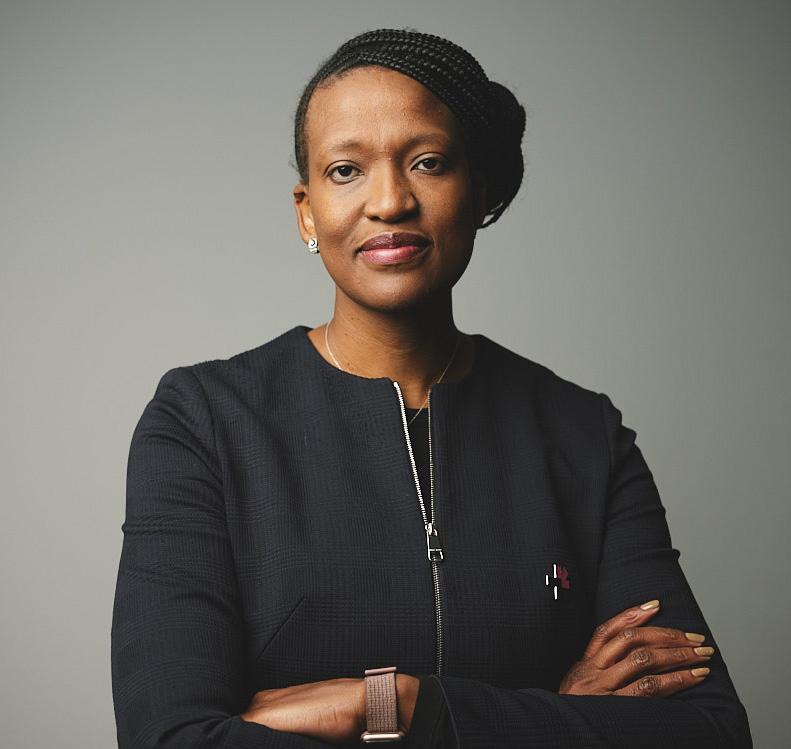
3 minute read
CONTENT POD 6: Why Solar and Wind Make Sense for US and Canadian Mines
WHY SOLAR AND WIND MAKE SENSE FOR US AND CANADIAN MINES
Despite significant geographic and legislative disparities, North American miners are committed to lowering carbon emissions from energy. The last content pod of the Energy and Mines Virtual World Congress 2020 explored local drivers and preferred technologies for the transition.
Advertisement
BALANCING STAKEHOLDER EXPECTATIONS
Not all North American miners are at the same level of maturity in their energy transition: while some, like Vale, have clear targets to be carbon-neutral by 2050 and are starting to tackle their scope 3 emissions, others, like Coeur Mining, just made their first move towards renewable procurement. This is because the business case is very different depending on each mine site. “Shareholders want companies to be greener but also want them to make profits so we have to find the right balance between economic and environmental; that’s why mine life sometimes makes it challenging,” pointed out Stephane Robert, Sustainability Expert at Agnico Eagle Mines.
Sometimes, finding the right balance involves taking a small hit in profitability. For instance, Coeur Mining’s recently signed a wind PPA to cover 40% of power needs at the Wharf Mine in South Dakota resulted in a 1% increase in the site’s energy bill. “From an energy point of view, it’s been a lengthy and costly process developing solar, battery and wind projects, but it is contributing to the knowledge and tech advancement that’s needed,” explained Luke Mahoney, Global Head of Geology, Mine Engineering, Geotechnical and Technology & Innovation at Vale Base Metals.
The fact that miners are willing to invest in renewable energy and decarbonization even when it is a tough sell shows how effective stakeholder pressure has become in North America. “It’s not just about millennial consumers,” said Mpumi Zikalala, Managing Director, Managed Operations at DeBeers in her keynote speech. “It is consumers across the board who want to know about each and every thing that happened along the value chain, and the key question coming up is around carbon neutrality.”
CARBON PRICING
In Canada, another element is motivating miners to make the switch to clean energy: the government intends to gradually increase its carbon tax from the current C$30 per tonne to a whopping C$170 per tonne by 2030. “The current carbon tax may hurt, but it’s not changing the strategy of the mine. From C$100 dollars a tonne, it would start making a difference. The higher it gets, the more direction it gives the industry,” noted Michel Carreau, Global Director of Hybrid Power, Microgrid and Green Hydrogen at Hatch. Still, miners speaking at the event argued that the industry can’t wait for regulation to change its direction, and encouraged the use of an internal carbon price to incentivize decisions towards a lowercarbon future.
SPONSORS’ CORNER
Torys Partner Valerie Helbronner spoke of the importance of involving indigenous communities in renewables projects for mines from inception, ensuring their voice is actively heard and that they also reap the economic rewards from the project.
Ultra Safe Nuclear Corporation gave an update on the commercialization curve for small modular reactor (SMR) technology, which could become a cost-effective decarbonization tool working in tandem with renewables in 5 to 15 years.
2G Energy pointed out that combined heat and power (CHP) systems can be a great solution to generate flexible power and heat on site, with the added advantage of being able to run on 100% hydrogen.
CONCLUSION
Decarbonization strategies are as varied as the mining ecosystem itself, but the industry as a whole is becoming undeniably greener. The level of technological innovation and sector collaboration observed at the Energy and Mines Virtual World Congress 2020 bodes well for the potential to achieve mining’s zero-carbon ambition sooner rather than later.






